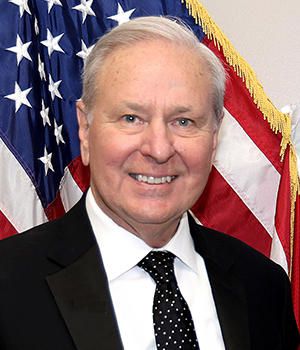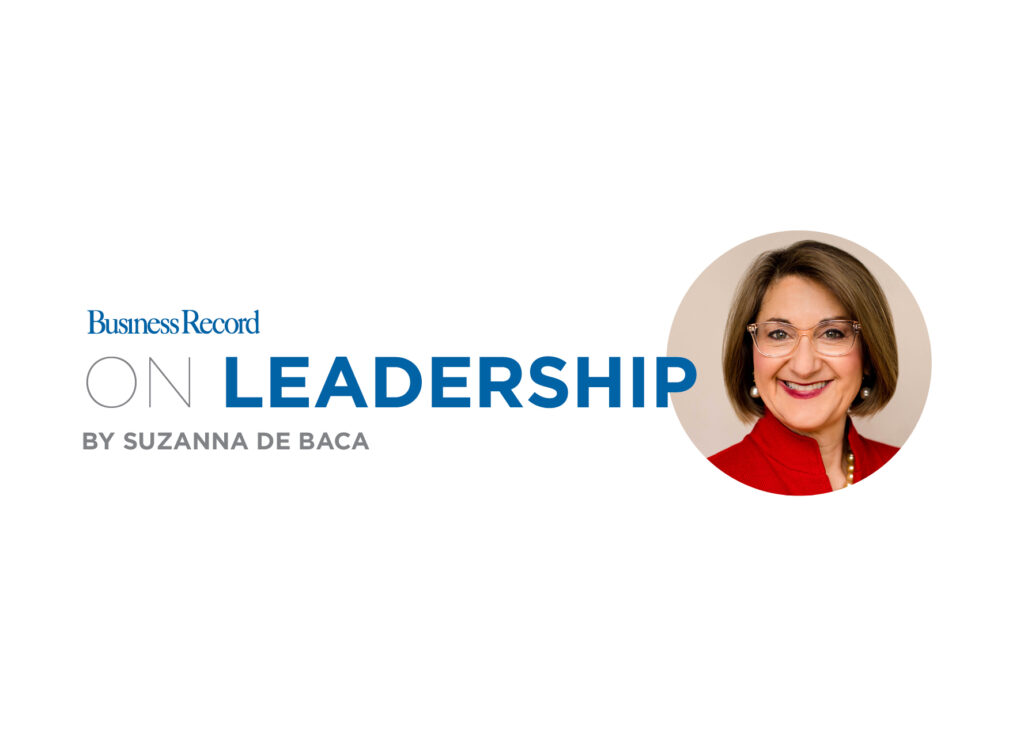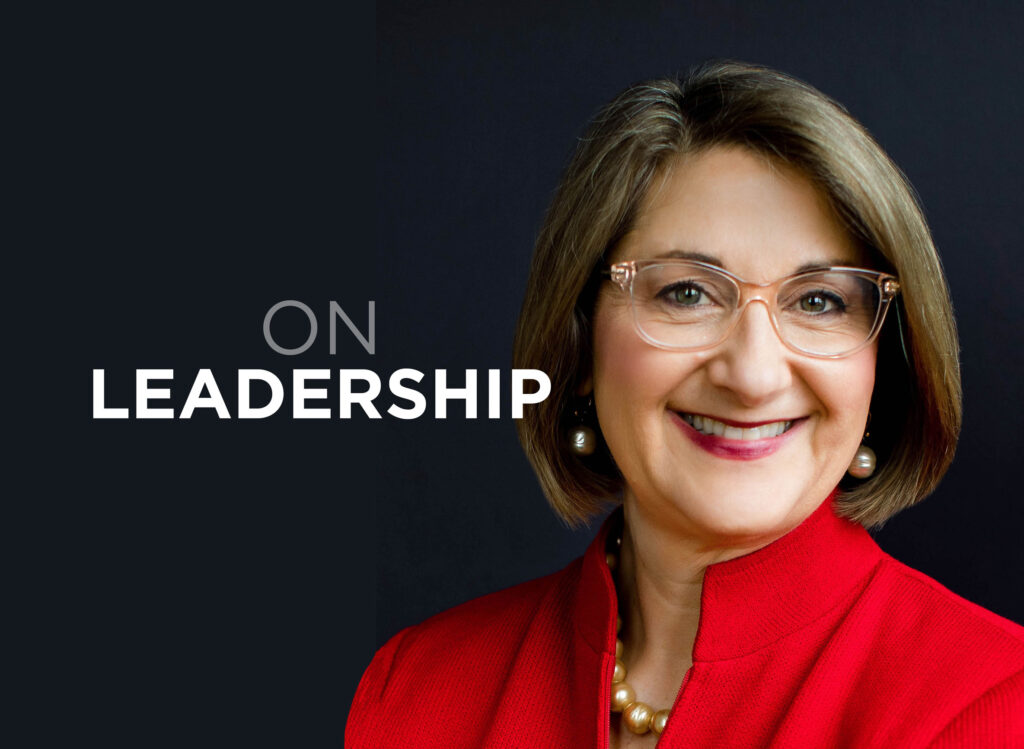On Leadership: Leading through change: Why success depends on the ‘how,’ not just the ‘what’
How leaders can turn resistance into ownership and make change stick

Everyone said they wanted change. Our outdated CRM had been the office punchline for years. It took 12 clicks to do what should have taken one. So when, as managing director of the private client group at a Wall Street firm, I was asked to lead an enterprise-wide project to replace it, I figured this would be the easiest win of my career even if it was outside my area of expertise. The business case was airtight, the new technology was a clear upgrade and enthusiasm seemed sky-high.
Then reality set in. Resistance started almost as soon as the project was announced. As we began building the new system, people suddenly grew quiet. Few wanted to give their time, share input or help shape the design. The same people who had joked about the old CRM now seemed less eager to put in the effort to create the new one. And we were not even at the adoption stage yet. That was when I saw the paradox. Everyone wanted the benefits of change, but making it real was daunting.
This experience reshaped how I think about leading through change. I learned firsthand that it is rarely just about implementing new tools or strategies. A recent Harvard Business Review article, “The Most Successful Approaches to Leading Organizational Change,” by Deborah Rowland, Michael Thorley and Nicole Brauckmann, shows that directive or “command-and-control” approaches rarely succeed in complex transformations. Instead, the most successful change efforts are “masterful” and “emergent,” blending clear direction with broad engagement and experimentation. That rang true in my own experience. Our biggest barrier wasn’t technology; it was how we guided people through uncertainty. Too often, we assume that a strong business case is enough to shift behavior, when in reality, people need both structure and a sense of agency in shaping the journey.
Equally important is pacing the human side of transformation. In a recent Forbes article, “The 3 Phases Of Managing The Human Factor During Organizational Change,” by Nicole Devine, the process was framed as three phases: socializing, normalizing and mobilizing change.
Socializing means building awareness early and helping employees process what’s coming, including the potential losses alongside the benefits. Normalizing happens when the new way of working is piloted, reinforced through early adopters and gradually woven into daily routines. Mobilizing is the stage where employees take ownership, supported by training, feedback loops and symbolic leadership behaviors that prove the change is real. Had we been more deliberate in moving through these phases, we could have reduced the quiet resistance that stalled momentum and built stronger ownership across teams.
With hindsight, I see that leading organizational change is more about creating the conditions for it to take root than about rolling out a solution. Real success comes from helping people navigate disruption, weaving new practices into daily routines and empowering teams to take ownership of the transformation. In my own career, at times I’ve done this well, and at other times I see I could have focused more on guiding people through the “how” of change, not just explaining the “what.”
When leaders balance clear direction with space for experimentation, acknowledge losses while celebrating progress and model the behaviors they expect, resistance gives way to contribution. Change becomes less an edict from above and more a process of co-creation. And leading through change is itself a learning journey. Each effort deepens our understanding of how to pair clarity with flexibility and how to meet people where they are so progress can take hold. In that process, organizations don’t just install new systems; they evolve into new ways of working and winning.

Dwana Bradley, lead consultant, Bradley Consulting
When leading change, I’ve learned that lasting adoption begins with people, not plans. I take time to understand how individuals prefer to communicate and receive information, and I invite their feedback before decisions are finalized. This helps people feel included and respected. I often remind teams that the work we do is about how we make people feel: Do they believe their voice matters or feel part of the process? Building trust through conversations, phone calls, or lunch meetings creates deeper connections. Change sticks when people feel ownership and see themselves in the outcome. Leaders who recognize that we are in the “feelings business” can channel the initial excitement of a new initiative into long-term commitment across companies, nonprofits, or schools.

Rob Denson, president, DMACC
My advice to all leaders, whether it’s engaging with family or employment is that “You must be present to win.” Whether good or bad news, deliver it personally. Do not get “desk and monitor fever.” Get out and interact with your employees where they work. Looking back, I wish I had done this more. It’s a “do as I say, not what I do” situation.

Jenna Eckstrom, executive vice president of strategy, Greater Des Moines Habitat for Humanity
Sometimes the most important role we play in times of change isn’t to cast a vision (the why) or to chart the course (the what), but to help navigate the unknown (the how). Here are the five things I keep in mind when working with team members in times of change:
Make room for ideas. Allowing for employees to shape even a small part of implementing the change can lead to increased buy-in.
Clarify what is non-negotiable. Set boundaries early so team members know what they can control, and what they can’t.
Acknowledge what is still gray. Being honest about what unknowns still exist helps to build trust.
Share your belief. Employees want to feel capable to take on the challenge; remind them they are until they believe it themselves.

Christina Moffatt, certified business advisor, consultant and growth strategist
We’re in it together. Don’t let them forget that you’ll face the unknowns together.
When I’ve led teams through major change, the most effective practice has been building trust as the foundation for long-term adoption. I’ve learned that initial enthusiasm quickly fades if people feel uncertain about leadership or the process. To establish trust, I focus on being transparent – sharing not just the vision, but also the challenges and tradeoffs. I listen carefully to concerns, follow through on commitments, and make sure the team has the resources they need. I’ve also found that involving team members as champions of the change helps, since peers often carry more credibility than leadership alone. Recognizing progress and celebrating small wins reinforces that their efforts matter. Over time, these practices create an environment where people feel safe, respected, and supported, which turns early excitement into true ownership. By building relationships of trust, teams don’t just accept change. They sustain it.

Travis Sheets, senior vice president, General Counsel, GuideOne
Despite the ever-present platitudes of “change is the only constant” and “what got us here won’t get us there,” the reality is change brings discomfort – particularly when change feels like it results from decisions outside your control, or even influence. Often, as leaders, we’re aware of possible changes earlier than many colleagues, and we have visibility into the process driving the outcome. It’s reasonable to expect others may be a step or two behind us in working through the change cycle (loss, doubt, discomfort, discovery, understanding, integration). Were there times, perhaps earlier in your career, when a change you now believe was insubstantial felt like a big deal? There certainly were for me!
As leaders, our focus should remain on building trust through transparency and consultation, not expecting everyone to quickly get on board with the latest idea or change. By transparently explaining the “why” behind the change, as well as taking time answer questions and engage in discussions, we can help shift the focus from legislating each change (“I don’t like this change”) to understanding that change will result from a thoughtful decision-making process (“I understand what’s driving this change and have an opportunity to ask questions”). Consistently demonstrating the commitment to transparency and open communication best positions leaders and organizations to hit the change cycle running and minimize, not eliminate (wouldn’t that be nice?) the risk of derailment at the start of each change journey.

Suzanna de Baca
Suzanna de Baca is a columnist for Business Record, CEO of Story Board Advisors and former CEO of BPC. Story Board Advisors provides strategic guidance and coaching for CEOs, boards of directors and family businesses. You can reach Suzanna at sdebaca@storyboardadvisors.com and follow her writing on leadership at: https://suzannadebacacoach.substack.com.





